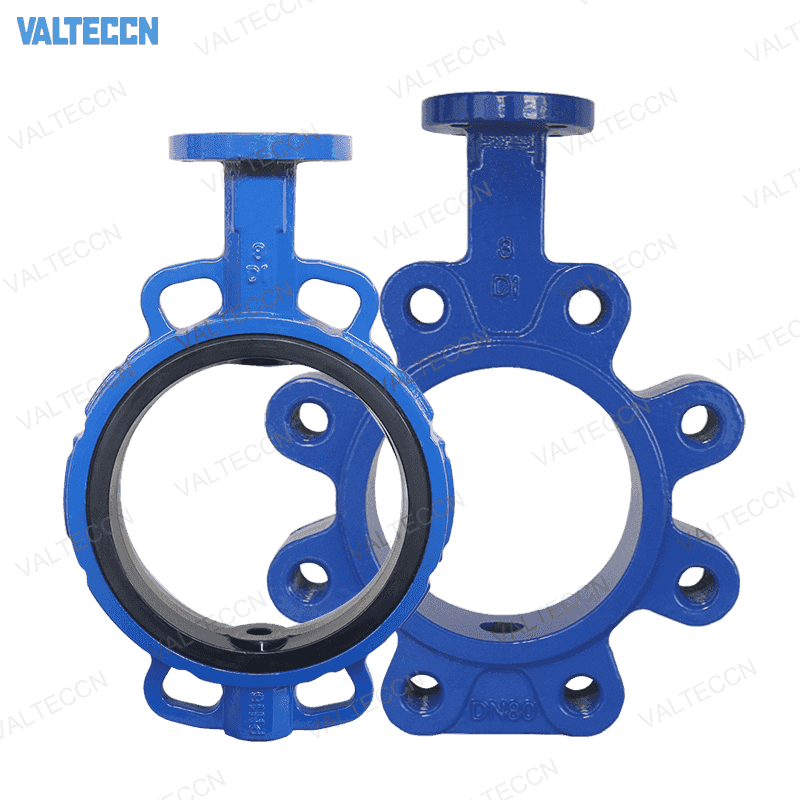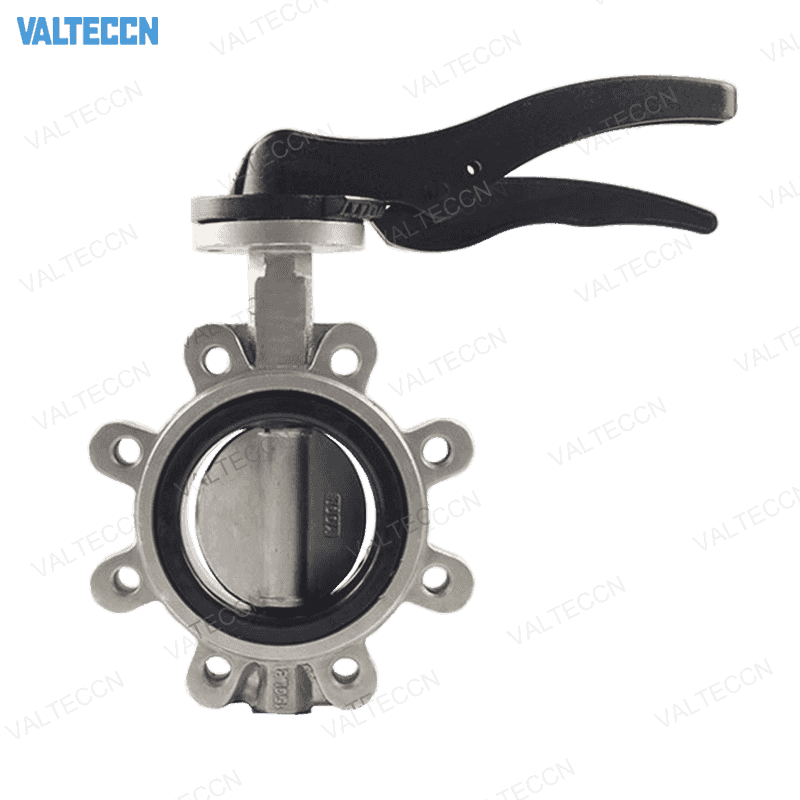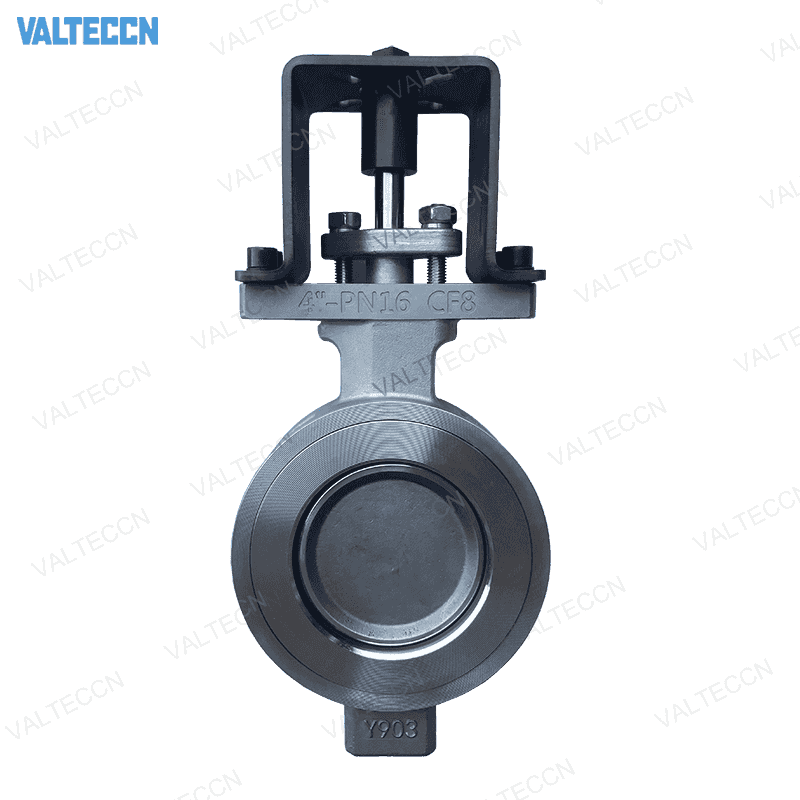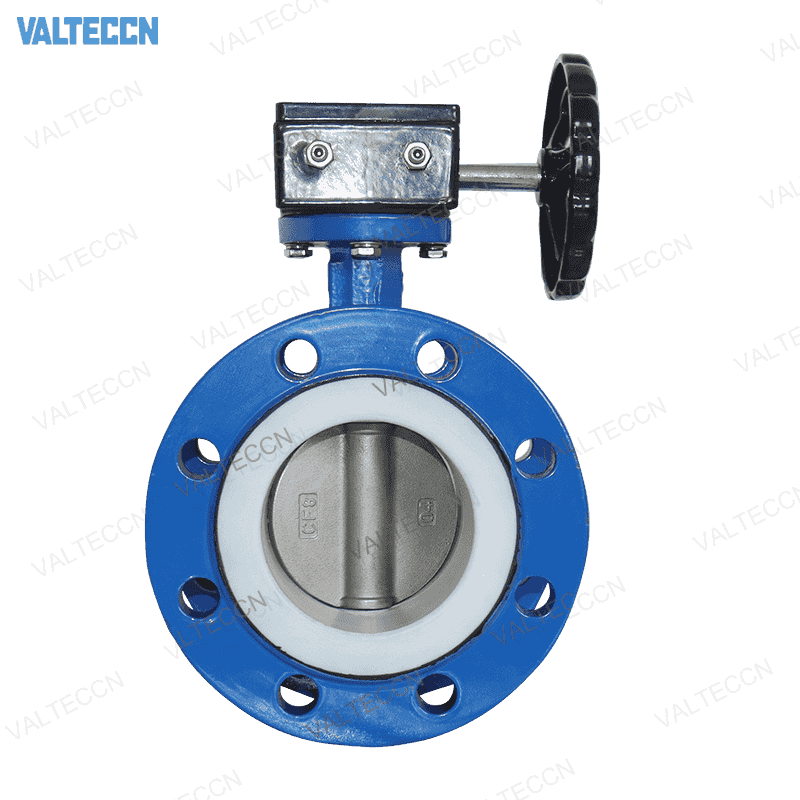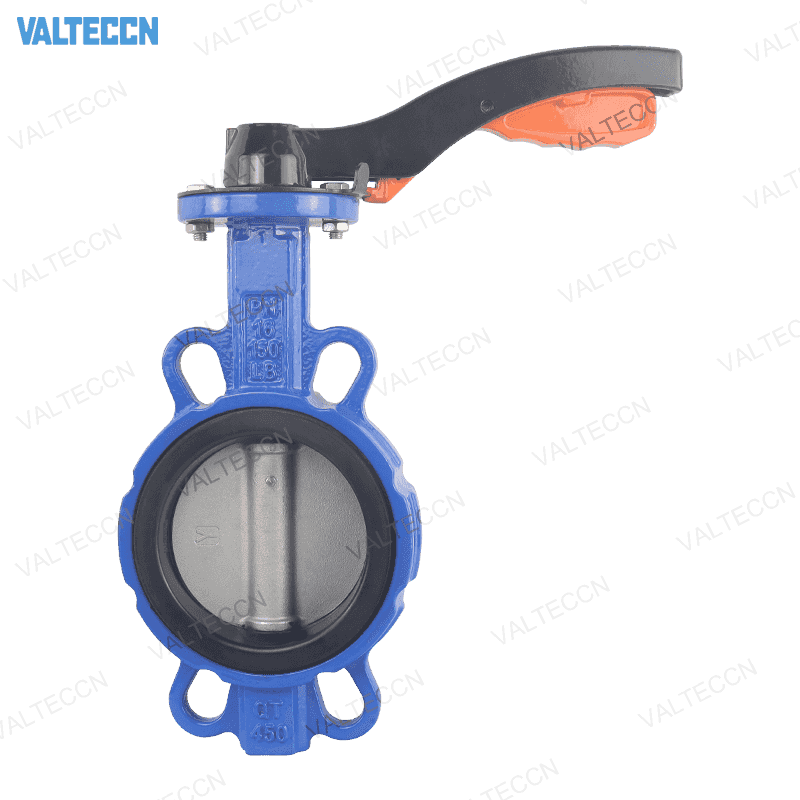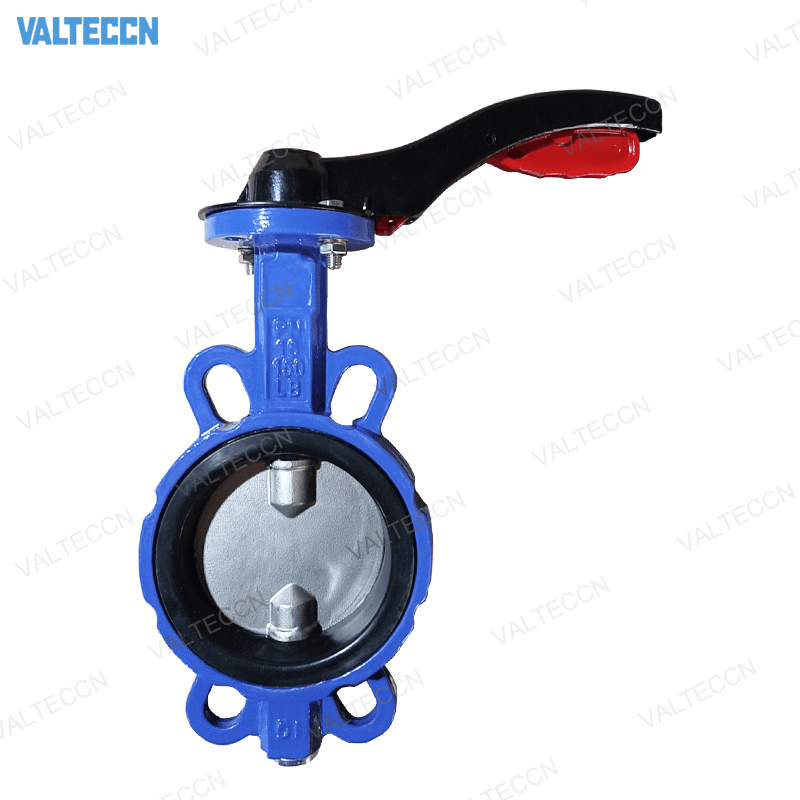Butterfly valve diameter and medium flow rate relationship comparison table
- Butterfly valve flow and velocity mainly depend on the diameter of the butterfly valve, the structure of the butterfly valve has a certain internal relationship to the resistance of the medium, the pressure, temperature and the concentration of the medium.
- The flow channel area of the butterfly valve has a direct relationship with the flow rate and flow rate, and the flow rate and flow rate are two interdependent quantities. When the flow rate is constant, the flow rate is large, the flow channel area can be smaller; the flow rate is small, the flow channel area can be larger. Conversely, the larger the flow channel area, the smaller the flow rate; the smaller the flow channel area, the larger the flow rate.
- The flow rate of the medium is large, the diameter of the butterfly valve can be smaller, but the resistance loss is large, and the butterfly valve is easily damaged. If the flow rate is large, it will have electrostatic effect on flammable and explosive media, causing danger; if the flow rate is too small, the efficiency will be low and not economical. For viscous and explosive media, a smaller flow rate should be used. The flow rate of oil and liquid with high viscosity should be selected according to the viscosity, generally 0.1 ~ 2m/s.
- In general, the flow rate is known and the flow rate can be determined empirically. The nominal diameter of the butterfly valve can be calculated from the flow rate and flow.
- Butterfly valves have the same diameter, different structures, and different fluid resistances. Under the same conditions, the larger the resistance coefficient of the butterfly valve, the more the flow rate and flow rate of the fluid passing through the butterfly valve will decrease; the smaller the resistance coefficient of the butterfly valve, the less the flow rate and flow rate of the fluid passing through the valve will decrease.
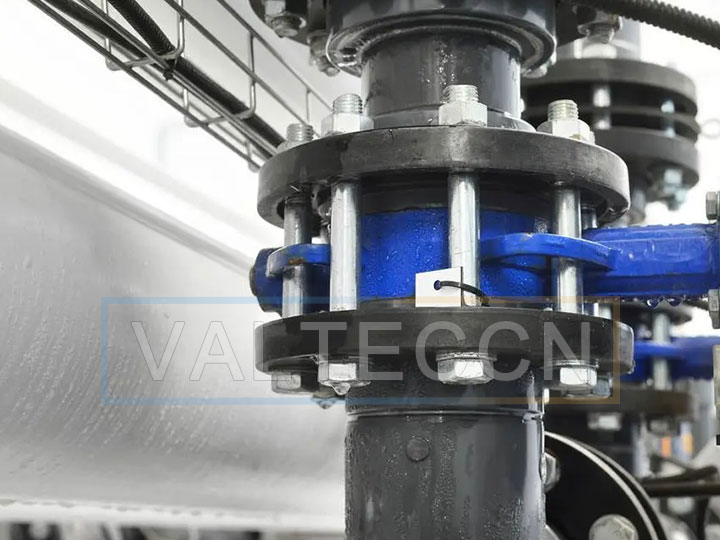
The common flow rates of various media are shown in the table below
| Fluid name | Conditions of Use | flow rate |
| saturated steam | DN>200 | 30~40 |
| superheated steam | DN>200 | 40~60 |
| low pressure steam | ρ<1.0(Absolute pressure) | 15~20 |
| medium pressure steam | Ρ=1.0~4.0(Absolute pressure) | 20~40 |
| high pressure steam | Ρ=4.0~12.0(Absolute pressure) | 40~60 |
| compressed gas | vacuum | 5~10 |
| oxygen gas | Ρ=0~0.05(gauge pressure) | 5~10 |
| coalgas | | 2.5~15 |
| Semi water coalgas | Ρ=0.1~0.15(gauge pressure) | 10~15 |
| natural gas | | 30 |
| N2 | Ρ=5~10(Absolute pressure) | 15~25 |
| ammonia gas | vacuum | 15~25 |
| Acetylene water | | 30 |
| Acetylene gas | ρ<0.01(gauge pressure) | 3~4 |
| chlorine | gas | 10~25 |
| Hydrogen chloride | gas | 20 |
| Liquid ammonia | vacuum | 0.05~0.3 |
| sodium hydroxide | concentration 0~30% | 2 |
| sulfuric acid | concentration 88%~93% | 1.2 |
| HCl | | 1.5 |
| water and viscosity | Ρ=0.1~0.3(gauge pressure) | 0.5~2 |
| tap water | main pipe Ρ=0.3(gauge pressure) | 1.5~3.5 |
| 锅炉给水 | | >3 |
| steam condensate | | 0.5~1.5 |
| condensate | Artesian flow | 0.2~0.5 |
| superheated water | | 2 |
| Sea water, slightly alkaline water | Ρ<0.6(gauge pressure) | 1.5~2.5 |
The resistance coefficient of the butterfly valve is small, generally within 0.5.
The selection of the diameter of the butterfly valve should take into account the machining accuracy and dimensional deviation of the valve, as well as other factors. The diameter of the butterfly valve should have a certain margin, generally 15%. In actual work, the diameter of the butterfly valve depends on the diameter of the process pipeline.
Professional CE Approved Wafer Type Butterfly Valve Supplier and Manufacturer
Signal Butterfly Valve: Different From Ordinary Valve Introduction and Recommendation
Butterfly Valve VS Gate Valve Difference Comparison
Butterfly Valve with Vulcanized Rubber Lined: Why Choose It, What Are Its Advantages?
Difference Between Ductile Iron Disc and Stainless Steel Disc of Butterfly Valve
